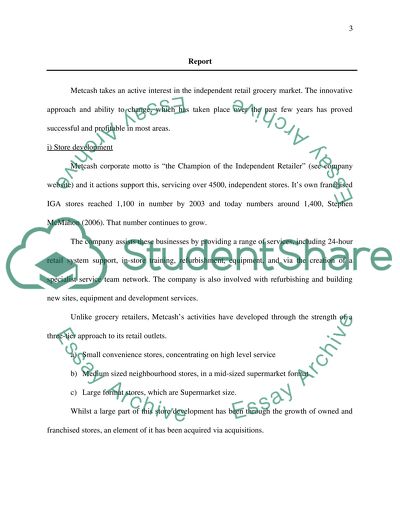Cite this document
(“Promoting Innovation and Change Essay Example | Topics and Well Written Essays - 1500 words”, n.d.)
Retrieved from https://studentshare.org/miscellaneous/1525411-promoting-innovation-and-change
Retrieved from https://studentshare.org/miscellaneous/1525411-promoting-innovation-and-change
(Promoting Innovation and Change Essay Example | Topics and Well Written Essays - 1500 Words)
https://studentshare.org/miscellaneous/1525411-promoting-innovation-and-change.
https://studentshare.org/miscellaneous/1525411-promoting-innovation-and-change.
“Promoting Innovation and Change Essay Example | Topics and Well Written Essays - 1500 Words”, n.d. https://studentshare.org/miscellaneous/1525411-promoting-innovation-and-change.


